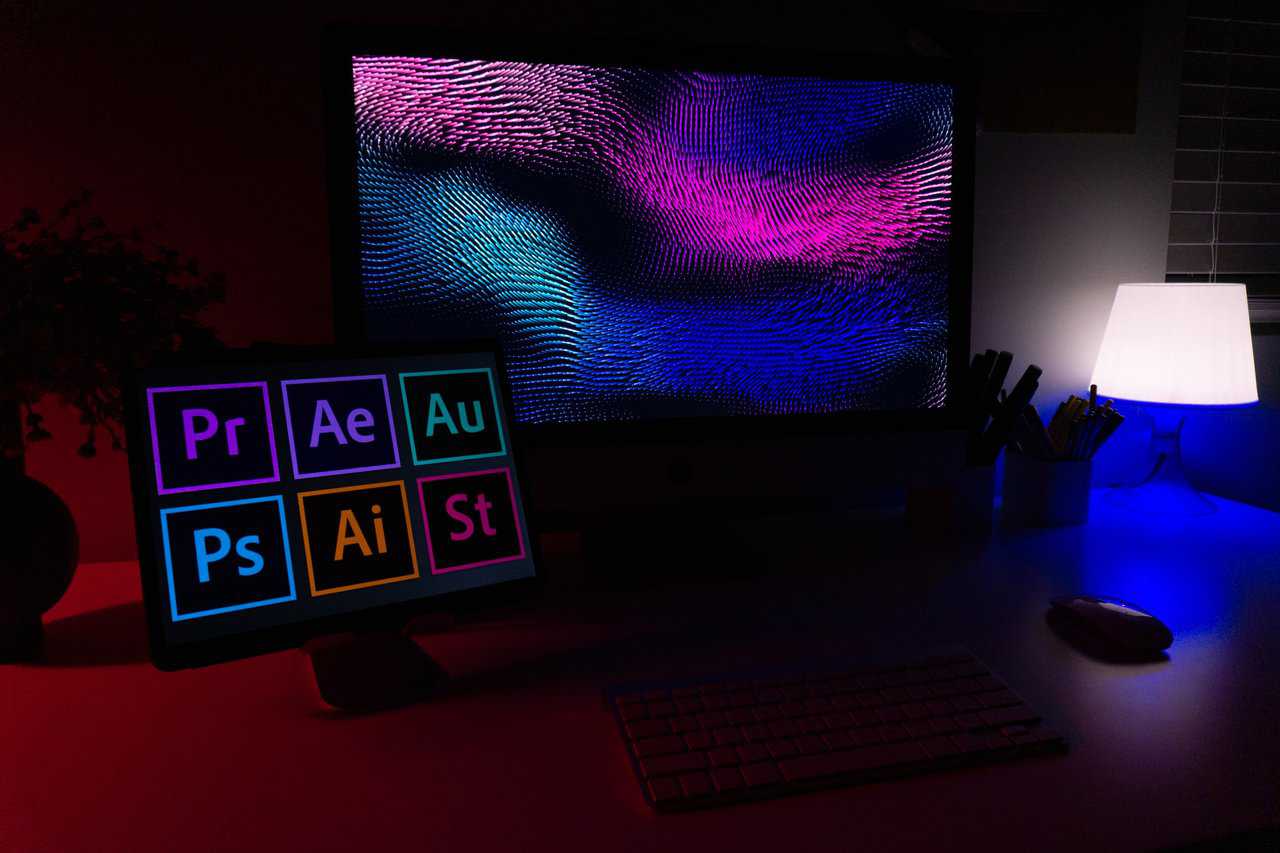Adding gamification to the user experience design process provides several benefits for product teams, helping them better meet user needs and create enjoyable experiences. By making the design process more engaging and stimulating, gamification encourages creativity and innovation. This enables designers to consider new solutions and move beyond traditional methods.
Design Contests and Challenges
Design challenges and competitions act as strong motivators to ignite creativity, promote teamwork, and involve designers, developers, and stakeholders in the pursuit of outstanding user experiences. By setting clear goals and fostering a collaborative atmosphere, these events can produce innovative solutions that meet user needs, improve product design, and increase user satisfaction.
Take, for instance, a tech company that makes smart home devices and wants to improve the user experience of its mobile app. To achieve this, the company sets up a week-long design challenge. It brings together teams from different departments to brainstorm, develop, and polish new UX ideas that address common issues users face, like setting up devices, customizing them, or integrating them with other smart home systems. To learn more about how such collaborative events are structured, visit Linkup Studio.
To add an engaging, game-like feel to the challenge, set up a series of checkpoints or milestones for teams to achieve throughout the week. These milestones might involve ideation sessions, user research, wireframing, creating mock-ups, and developing interactive prototypes. Organizing the challenge in this way encourages iterative design, motivates teams to expand on each other’s ideas, and keeps them concentrated on meeting user needs.
After the design challenge, each team presents their solutions to a panel of judges, which includes UX experts, company executives, and possibly a select group of users. The winning team receives recognition and a cash prize. Their UX concepts are then considered for potential inclusion in the app’s next update. This high-stakes presentation introduces a competitive element to the challenge, motivating teams to deliver their most innovative and refined designs.
Introducing game mechanics and a competitive element into the design process creates an atmosphere that fosters creativity, collaboration, and innovation. This approach turns the design challenge into an engaging and immersive experience, encouraging teams to give their best efforts. The result is outstanding user experiences that connect well with the target audience and contribute to the product’s success. For more insights on how to effectively navigate the product design process, visit:https://linkupst.com/blog/product-design-process.
Design challenges come with their own set of risks and challenges. Your team might develop solutions that are superficial or fail to address the main issue. There’s also a risk that the team may prefer to stick with safe, familiar ideas instead of pursuing more creative or innovative options, especially when time for ideation is limited. To manage these risks effectively, start by providing a detailed problem statement that includes specific goals and criteria. Establish clear expectations, encourage bold ideas, and create a supportive environment where team members feel comfortable expressing any thoughts that come to mind. Plan carefully to ensure there is ample time for a comprehensive creative session without conflicting with other deadlines. Lastly, implement a clear and objective evaluation process to ensure that all proposals are judged fairly.
Design challenges and competitions are effective tools for engaging and motivating product teams to expand their creativity and work together towards outstanding user experiences. By organizing these challenges as games, complete with milestones, competition, and rewards, you create a lively and stimulating environment. This approach can result in innovative solutions, a deeper understanding of user needs, and a significant impact on both product design and user satisfaction.
Six Steps to Enhance Your UX and UI Teams
Achievements and badges are effective tools for adding excitement, motivation, and a sense of accomplishment to the UX and user interface design process. By setting up a series of achievements or badges that team members can earn as they move through different stages, acquire new skills, or achieve certain goals, you create an environment that promotes personal development, celebrates successes, and motivates team members to realize their full potential.
When developing a badge system, it’s important to ensure that badges truly reflect mastery and are not just given out for the sake of gamification. In essence, the badges should accurately represent the team members’ skills or achievements, lending authenticity to the gamified experience. For more insights on how to effectively manage and enhance your design team, consider reading this article: https://linkupst.com/blog/your-ultimate-guide-to-a-stress-free-selection-of-an-outsourcing-ui-ux-designer.
To successfully integrate achievements and badges into the UX and UI design process, follow these steps:
- Pinpoint key milestones and skills: Identify crucial stages and skills that are important for your team’s development and success in projects.
- Design achievements and badges: Create visually appealing badges and titles that symbolize achievements tailored to the identified milestones and skills.
- Establish criteria for earning badges: Set clear, measurable standards that team members must meet to earn each badge, ensuring they reflect true skill mastery.
- Develop a system to track progress: Implement a tracking system that allows both managers and team members to monitor progress towards earning badges and achieving goals.
- Recognize and publicize achievements: Celebrate milestones by publicly acknowledging team members’ accomplishments, enhancing motivation across the team.
- Promote ongoing development: Encourage continuous skill enhancement and learning by regularly updating the milestones and skills to keep pace with industry advancements.
By integrating these steps into your UX and UI design process, you establish a work environment that is engaging, motivating, and rewarding. This approach not only recognizes team members’ achievements but also promotes ongoing learning and professional development. After your team becomes proficient in these areas, consider developing 20 new ones. Organize an ideation workshop with your team to gather their ideas and apply your market research skills to identify the most in-demand UX and UI skills. For a deeper understanding of how to effectively incorporate these steps, watch this video.


